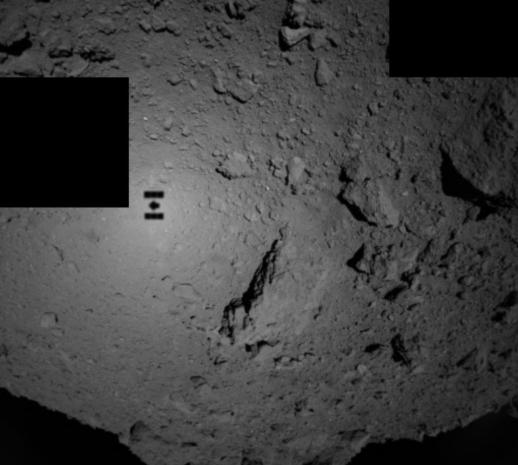
Breaking News
 Rule by Thieves: The Police State Becomes a Pay-to-Play Shadow Government
Rule by Thieves: The Police State Becomes a Pay-to-Play Shadow Government
 What Has Bitcoin Become 17 Years After Satoshi Nakamoto Published The Whitepaper?
What Has Bitcoin Become 17 Years After Satoshi Nakamoto Published The Whitepaper?
 These Are The World's Most Militarized Economies
These Are The World's Most Militarized Economies
Top Tech News
 Japan just injected artificial blood into a human. No blood type needed. No refrigeration.
Japan just injected artificial blood into a human. No blood type needed. No refrigeration.
 The 6 Best LLM Tools To Run Models Locally
The 6 Best LLM Tools To Run Models Locally
 Testing My First Sodium-Ion Solar Battery
Testing My First Sodium-Ion Solar Battery
 A man once paralyzed from the waist down now stands on his own, not with machines or wires,...
A man once paralyzed from the waist down now stands on his own, not with machines or wires,...
 Review: Thumb-sized thermal camera turns your phone into a smart tool
Review: Thumb-sized thermal camera turns your phone into a smart tool
 Army To Bring Nuclear Microreactors To Its Bases By 2028
Army To Bring Nuclear Microreactors To Its Bases By 2028
 Nissan Says It's On Track For Solid-State Batteries That Double EV Range By 2028
Nissan Says It's On Track For Solid-State Batteries That Double EV Range By 2028
 Carbon based computers that run on iron
Carbon based computers that run on iron
 Russia flies strategic cruise missile propelled by a nuclear engine
Russia flies strategic cruise missile propelled by a nuclear engine
 100% Free AC & Heat from SOLAR! Airspool Mini Split AC from Santan Solar | Unboxing & Install
100% Free AC & Heat from SOLAR! Airspool Mini Split AC from Santan Solar | Unboxing & Install
Hayabusa2 Braces for a Rocky Landing on Asteroid Ryugu

After narrowing down the possible landing sites for Hayabusa2, mission scientists performed a sampling rehearsal on Wednesday (Oct. 24) at 10:47 p.m. EST (0247 GMT on Oct. 25), and the mission is "ramping up the steps toward a successful touchdown," Masaki Fujimoto of the Japan Aerospace Exploration Agency (JAXA) said at a news conference here at the 50th meeting of the American Astronomical Society's Division for Planetary Sciences (DPS).
At that time, the spacecraft descended to an altitude of 7.5 miles (12 kilometers) above the asteroid's surface and deployed a small target marker at the landing site, Fujimoto said. The spacecraft will go all the way down to the surface to retrieve a sample no earlier than January 2019, and that sample will land in Australia in 2020.

 Known vs Unknown
Known vs Unknown

